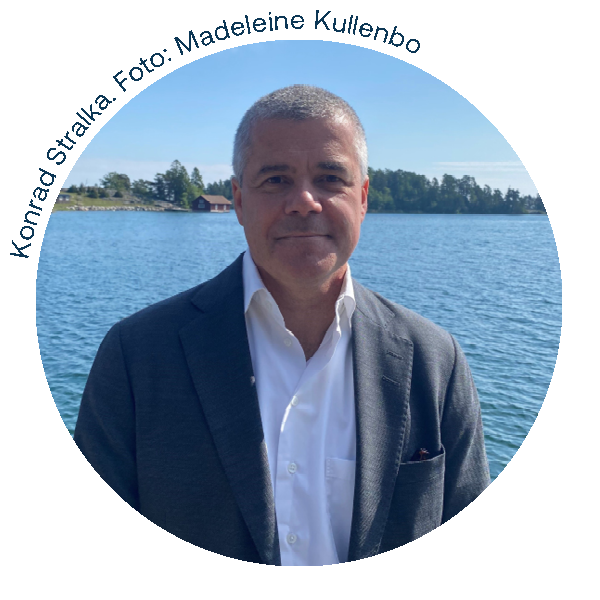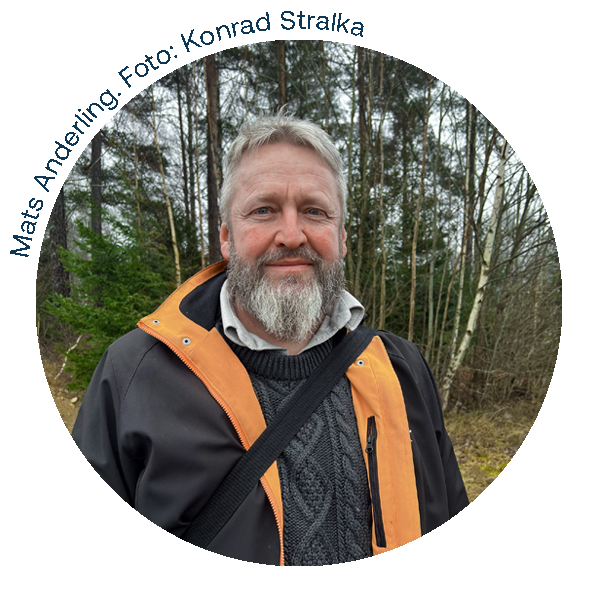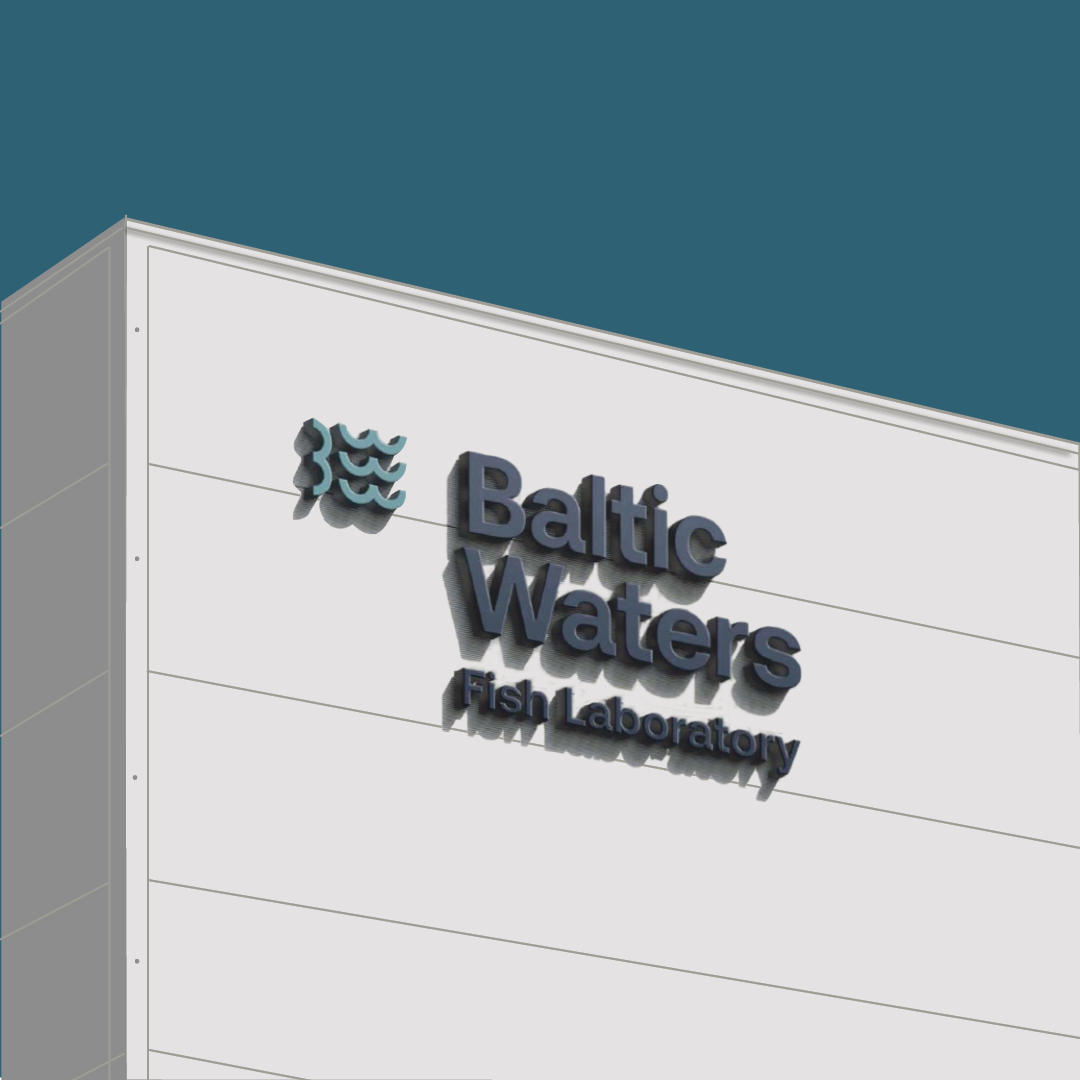Drawings and sketches have suddenly become reality as new walls appear and the first tanks for keeping fish are put in place. And everything is so big!
‘The opportunities for new and exciting research on some of the Baltic Sea’s most important fish species will be endless at the new laboratory,’ says Konrad Stralka, CEO of BalticWaters.
The foundation’s project ReCod – release of small cod in the Baltic Sea has so far been carried out at the Ar research station on Gotland. The plan is for the project to move into BalticWaters’ new fish research laboratory when it is completed in autumn 2025. But it will be different. Very different. Because everything is bigger here. The tanks for the fish are bigger, the water treatment systems are bigger, the hatcheries are bigger. But above all, the opportunity to create really good conditions for the fish is greater.

‘We are building everything from scratch, and we have taken with us all the lessons and experience we gained when we built the facility for keeping fish and hatching small cod larvae at the Ar research station. Without that experience, we would not have had the same preconditions when building BalticWaters fish laboratory,’ says Konrad.
Process engineers from the construction project’s technology partner MAT-Global have just arrived from Turkey. They will be on site during spring and summer to establish the water treatment systems, i.e. all the technology involved in maintaining a good water environment for fish, fish eggs and fish larvae. One of their first tasks will be to complete the tanks for keeping adult fish, the so-called parent fish. The large tanks have already started to be moved in.
‘In total, we will have 12 tanks for adult fish, both cod and herring. These tanks can hold as much water as approximately 830 full bathtubs,’ says Mats Anderling, operations manager at BalticWaters fish laboratory.

And there will be more fish tanks.
‘Since we will have the capacity to keep everything from adult fish to eggs, there will also be habitats for all different stages of life. The hatcheries consist of 36 smaller tanks, and there are just as many slightly larger tanks in the nursery section of the laboratory. So if there’s one thing we have plenty of, it’s tanks in different shapes,’ says Mats with a smile.

About BalticWaters Fish Laboratory
To create conditions for new research on Baltic Sea fish, support restocking of endangered fish species, development of aquaculture and knowledge building, BalticWaters is establishing a new fish research laboratory – the first of its kind in the Baltic Sea region. The laboratory is being built in Studsvik Tech Park outside Nyköping and is open to researchers and organizations from around the world who want to work with cold-water fish such as cod, herring and turbot in the Baltic Sea. BalticWaters is investing a total of SEK 150 million. Axfood is a long-term partner and contributes to the operation of the fish research laboratory, advice, contacts and knowledge.
Read more about the laboratory on the project page.

